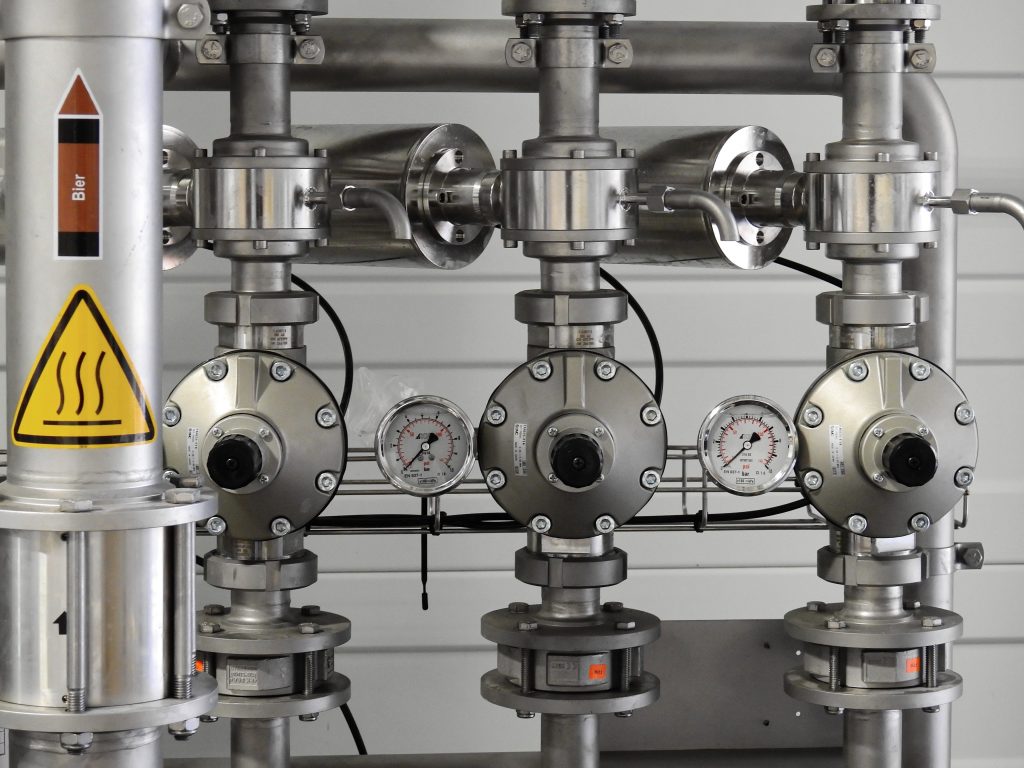The Basics of Drain Relining

Drain relining is a process where the damaged section of an underground pipe is repaired without the need for excavation. Traditional pipe replacement digs up the pipe and basically create another infrastructure construction project which is expensive and very messy. Drain relining now is faster, non-invasive and very cost-effective.
Pipe relining involves unblocking the drain and then cleaning with a hydro jet high pressured cleaner and then inserting a drain camera. When the drain has been cleaned completely the drain camera will be inserted again to ensure there is a proper assessment of the damaged part of the pipe and then the relining can begin.
WHY PIPE RELINING?
Cost-saving when compared to excavation
If the damaged pipe is under concrete or a driveway then you need to excavate the area to get to the drain part which is very costly due to the removal of the concrete and then the reinstatement of the driveway. With the new technology in pipe relining your driveway and concrete can remain intact.
Prevents leaks and stops tree roots
The pipe relining involves epoxy moulds that are set up in place and form the shape of the already existing drain. The re-lined section is free of joints and seams, so tree roots won’t have an entry point anymore. This technique works well with earthenware and clay pipes which are prone to suffering from tree roots.
The procedure is non-intrusive
Pipe relining can be carried out through the inspection opening point or access point to the sewers and drains. The custom pipe is pulled into position using hydro jets and a drain camera. The process is effective, non-invasive and fast.
Why it is popular:
- It provides increased flow characteristics
- Eliminates structural disturbances
- Restores the integrity to the damaged cracked pipes
- Permanent jointless liner
- Minimal disturbances to your garden and finish surfaces
- Cheaper than other methods
- Improves water quality and eliminates contamination
- Environmentally friendly
- Suits commercial, residential, strata applications and industrial

The easy process
The easy process is carried out by using the latest in technology to insert a liner inside an already existing damaged pipe. This way makes the relining process easy to fix damaged pipework instead of digging up the whole yard. Once the drain camera has been put down and the cause of the blockage is found the pressure jet comes out. The custom liner and bladder is inserted into the drain which will seal and cover the damaged parts. Once they have been secured in place the bladder will be inflated to match the circumference of the existing pipe. Once the liner is cured the bladder is deflated down and removed from the pipe. This will leave the new pipe in place.
The final CCTV camera is brought in to confirm that the pipe is correctly in place.
This works for all different reasons:
- Pipes that are broken
- Root infested pipes
- Pipe that has sections missing
- Pipes that are often blocked
This is the best way to repair and replace pipes and is an easy way to reline a pipe.
Now, pipe relining doesn’t come with its own set of issues. These issues, which we will talk about shortly, are mostly caused by the type of epoxy used in the relining process.
COMMON Issues with EPOXY PIPE RELINING
CIPP stands for Cure-in-Place Pipe. During this pipe restoration procedure, a PIPP (Pull-in-Place Pipe lining ) is pulled through the pipe, inflated and left to cure within the pipe. This is a powerful method of repairing common pipe problems, including cracked, displaced and broken pipes. It just works well if the lining and pipe are properly prepared prior to the insertion. In case the process isn’t done properly, it can lead to significant plumbing issues later on, which will require a few civil engineering companies to work together to repair the damage.
The most common reasons for epoxy relining failure are:
- Inadequate pipe evaluation before installing the lining
- insufficient preparation of the pipe
- poor installation technique
- badly prepared or insufficient pipe relining stuff.
HAZARDS OF INADEQUATE INSTALLATION AND BAD PIPE LINING ADHESION
Pipe lining adhesion refers to the process in which the sandpaper from the pipe liner adheres to the existing pipe. If the epoxy solution is mixed incorrectly or the lining isn’t thoroughly saturated, the pipe liner may fail to adhere to the existing pipe. This can lead to the pipe liner falling out of area or lumps, bulges and tears appearing in the liner which can significantly lower the lifespan of this lining and contribute to further deterioration of the present pipe.
THE CORRECT RELINING PROCESS
If your pipes are all great candidates for relining, determined via CCTV pipe inspection, the technicians will wash and prepare the pipe for setup.
Then, technicians will prepare the lining. They begin by laying the lining across a mat. Next, they start one end of the pipe liner and then pour 100 per cent epoxy into the liner. Then they use heavy pliers to evenly spread the epoxy. This ends the white felt blue, letting them understand that the epoxy has completely saturated the CIPP lining.
Once the liner has been remodelled with epoxy, the technicians score the ends of the liner. This helps ensure proper pipe lining adhesion to the present pipe.
They prepare the liner for insertion. This is pulled through your current pipe. Once the pipe liner is in place, they inflate the lining through the bladder and press it against the sides of the current plumbing pipe. It’s left to heal, then the bladder is then deflated and removed.
A standard pipe liner can take anywhere from 2-8 hours to fully cure and once its cured it is equally as strong as a brand new plumbing pipe.
